- Home
- slideshows
- miscellaneous
- The 6 main differences between buying a Tesla and buying a car from other brands
The 6 main differences between buying a Tesla and buying a car from other brands
Teslas are exclusively sold online — even when you visit in person

Tesla stores aren't just for buying cars
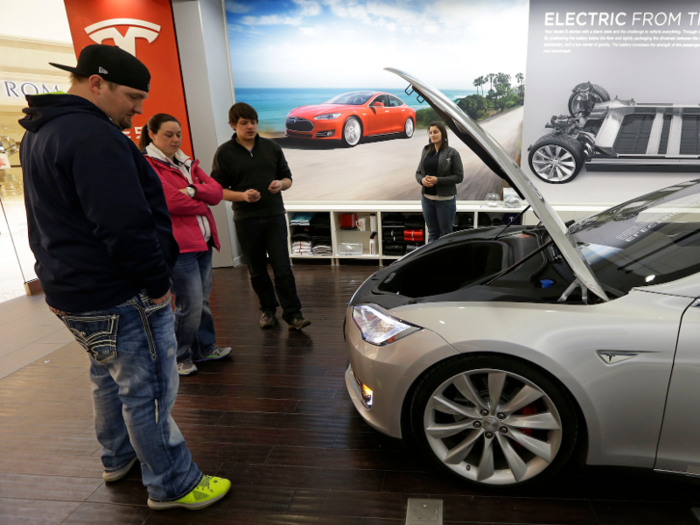
Like other companies, Tesla runs showrooms, but those showrooms aren't just for show.
In addition to providing test-drives and customer service, they're also repair shops and charging stations for Tesla owners. Most dealerships have a repair shop, but it is closed off from the rest of the store.
Musk compares the Tesla dealership to a mixture of Apple, Starbucks, and a "good restaurant," because "the Tesla Motors workshop will be out front and on display."
While most dealerships will include a repair shop, none of them also double as gas stations, which means that after buying a Tesla, you can return to the showroom and recharge your car.
Tesla buyers don't have to settle for 'what's available'
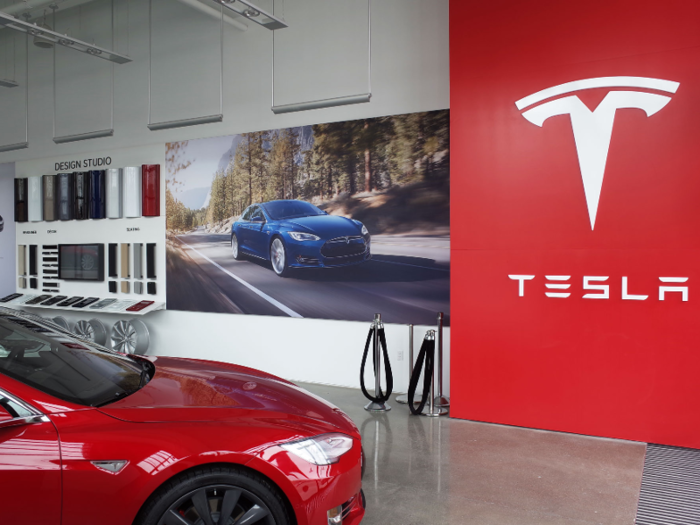
Car buyers are familiar with the famous phrase "subject to availability," which means that after spending half an hour or more scanning the selection, you find out that the option you want is only available with a three-month back-order. Settling on a model and make of car is difficult enough without finding out that the right combination of color and trim is out of stock.
Tesla cut out the problem by operating on an on-order basis: the Tesla you ask for is the Tesla you get, custom-built through the use of their much-discussed Design Studio. While the wait time can be up to three weeks for some cars, the buyer gets the exact car that they want — after all, they designed it.
Tesla buyers have to consider how far they live from a charging station
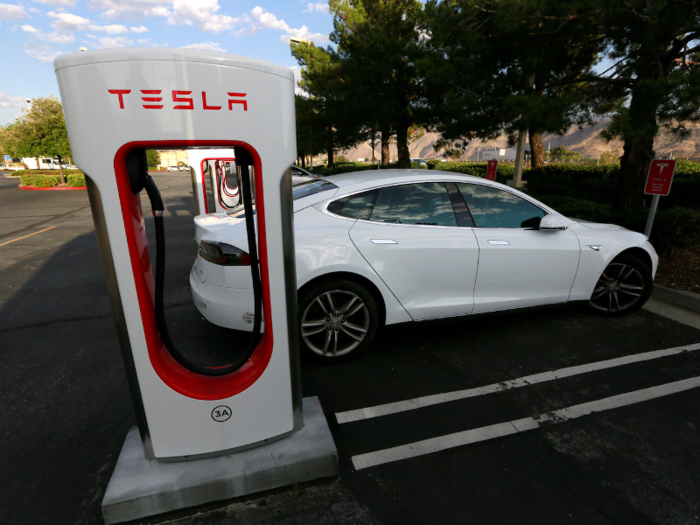
Most car buyers take for granted how they'll fuel their car. After all, in most towns, there are plenty of gas stations within a short drive from home.
When buying a Tesla, though, the buyer has to consider how far they are from one of Tesla's Supercharger stations.
Tesla now touts that 99% of the US population lives within 150 miles of a Supercharger, which sounds great, but that still puts some Superchargers a full two hours away from a Tesla owner if they drive at 75 mph. That distance is also around half the range of the new Model S, which tops out at 370 miles.
In fact, one customer in Ireland tweeted about his concern that he might not be close enough to a Supercharger station to make a Tesla purchase viable. Musk has said the company is working to expand the availability of charging stations.
Tesla buyers can refuel their cars at home — but they'll have to consider the costs
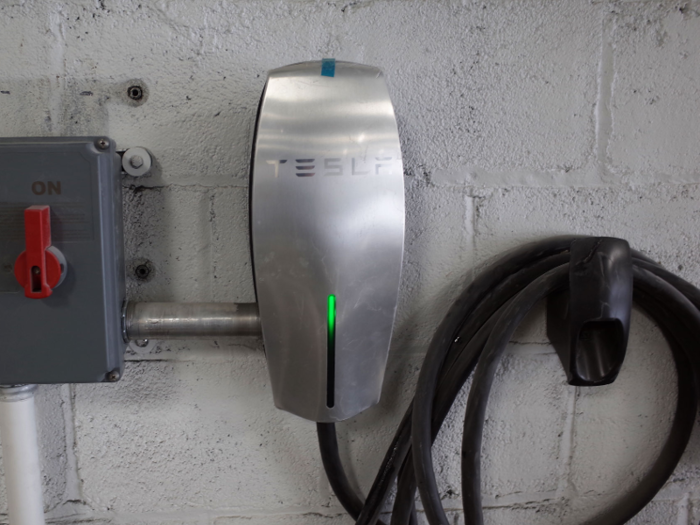
If your home is at the edge of that 150 mile range for a Supercharger station, then Tesla has an alternative: Charge your car at home.
Tesla offers three levels of charging stations that owners can install at home. The lowest level costs nothing to install, but offers a very limited range — according to Plugless Power, "trickle charging," as it's known, only offers a two-mile range for every hour of charging.
The mid- and high-level chargers offer much more juice, but could cost more than $2,000 to install, including $500 just to buy the charger.
Then there's the monthly electric bill. The costs will vary depending on the owner's location driving and charging habits. While the cost might be no more than $50 or $60 per month, it's still more math than the average driver has to consider when buying a gas-powered car.
The CEO might actually address your concerns as a car owner
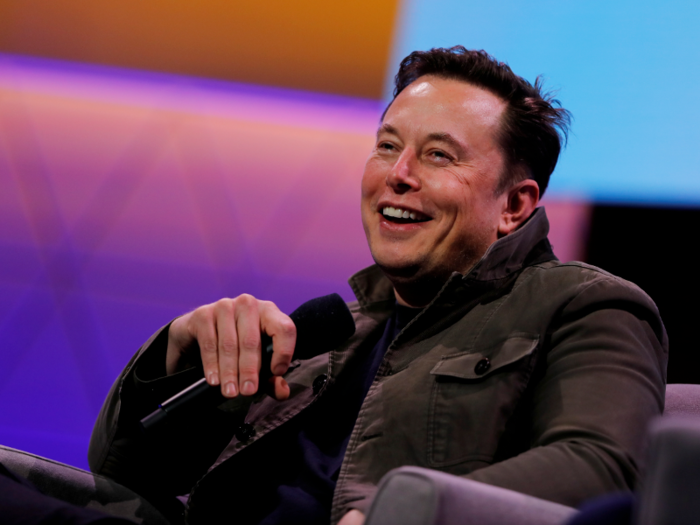
With all of the differences between buying a Tesla versus a standard gas-powered car, buying a Tesla can be a major undertaking.
Luckily, Tesla has a CEO who might actually respond directly to some customer concerns on Twitter. The Irishman who tweeted about his concern over Supercharger locations, for example, received a response from Musk promising 100% coverage throughout Europe in 2019. Another time, he took a customer's complaint regarding the use of Superchargers as parking lots and introduced a fleet-wide idle fee within six days.
For better or for worse, Musk is very active on Twitter. What this means is that people can find their concerns regarding Tesla addressed by Musk himself.
Popular Right Now
Popular Keywords
Advertisement